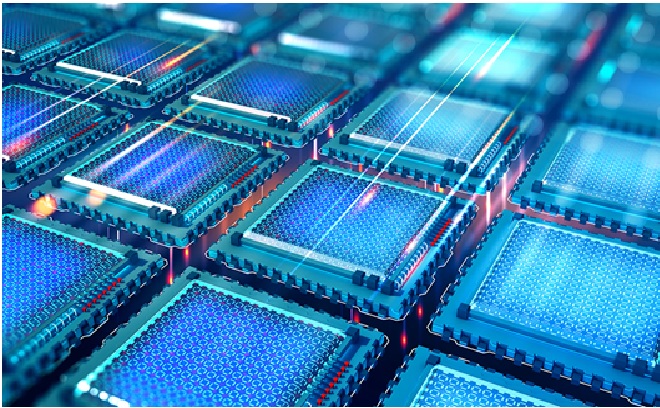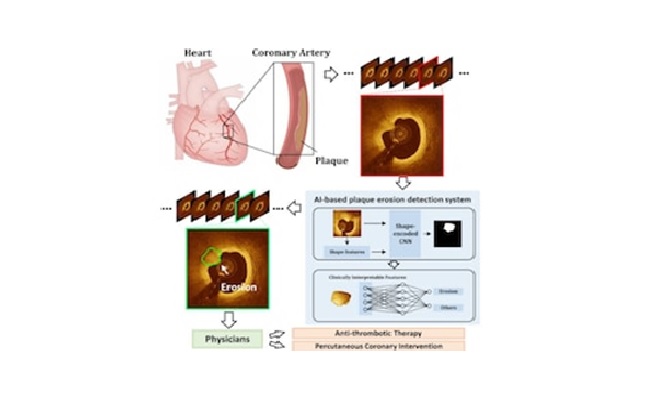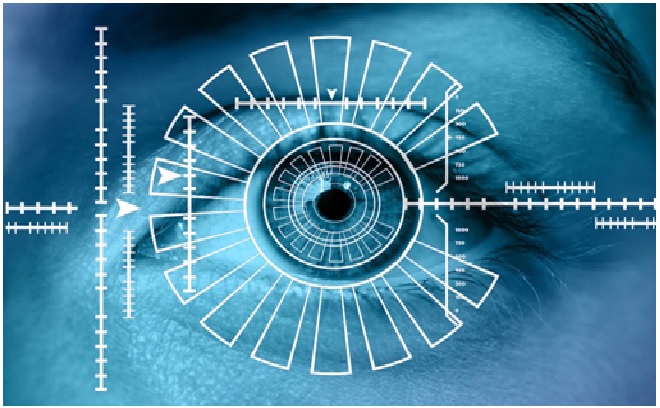Computer Chips that Imitate the Brain
Artificial intelligence (AI) makes video games more realistic and helps your phone recognize your voice—but the power-hungry programs slurp up energy big time. However, the next generation of AI may be 1000 times more energy efficient, thanks to computer chips that work like the human brain. A new study shows such neuromorphic chips can run AI algorithms using just a fraction of the energy consumed by ordinary chips. [1]

Figure 1. The Computer Chips that Imitate the Brain
Figure 1 shows most computers work by using a series of transistors, gates that allow electricity to pass or not pass. But decades ago, physicists realized that light might make certain processes more efficient—for example, building neural networks. That's because light waves can travel and interact in parallel, allowing them to perform lots of functions simultaneously. Scientists have used optical equipment to build simple neural nets, but these setups required tabletops full of sensitive mirrors and lenses. For years, photonic processing was dismissed as impractical.
The new chip is made of silicon, and it simulates a network of 16 neurons in four "layers" of four. Data enters the chip in the form of a laser beam split into four smaller beams. The brightness of each entering beam signifies a different number, or piece of information, and the brightness of each exiting beam represents a new number, the "solution" after the information has been processed. [2]
The experimental results demonstrated that simply altering the voltage controls the movement of hydrogen ions within the nickelate. A certain voltage concentrates hydrogen at the nickelate center, spawning neuron-like behavior. A different voltage shuttles that hydrogen out of the center, yielding synapse-like behavior. At still different voltages, the resulting locations and concentration of the hydrogen elicit the on-off currents of computer chips.
Brain-inspired microelectronics with the team’s device as a building block could have a bright future. This is especially so because the device can be made at room temperature by techniques compatible with semiconductor industry practices. [3]
References:
- https://www.science.org/content/article/microchips-mimic-human-brain-could-make-ai-far-more-energy-efficient
- https://www.science.org/content/article/computer-chip-mimics-human-brain-light-beams-neurons
- https://scitechdaily.com/computer-chips-that-imitate-the-brain/
Cite this article:
Thanusri swetha J (2022), Computer Chips that Imitate the Brain, AnaTechMaz, pp.130















